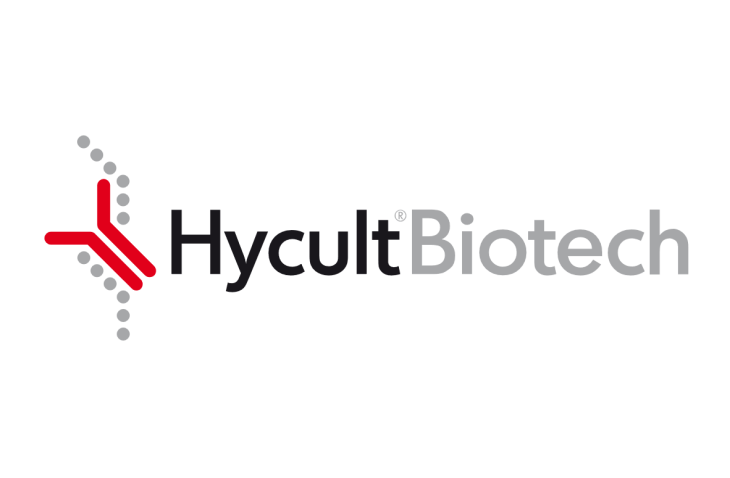-
Research area
- Biochemicals
- Blood and Biospecimens
- Cell biology
- Environmental
- Flow Cytometry
- Forensic Science
- Genomics
- Immunology
- Labware
- Microbiology
- Pathology
- Transplantation
429 Too Many Requests 429 Too Many Requests
nginx - Suppliers
- About us
- Resources
- Events
- Support
- Lab Services
- Promotions
Product description
The polyclonal antibody recognizes human zona occludens 2 (ZO-2), an ~160 kDa tight junction protein belonging to the membrane-associated guanlyate kinase (MAGUK) family. Members of this family are involved in epithelial and endothelial intercellular junctions. They each contain at least one PSD95/Dlg/ZO-1 (PDZ) domain, a Src homology 3 (SH3) domain, and an enzymatically inactive guanylate kinase domain. PDZ domains are 90-amino acid protein-protein binding domains that recognize at least a 3-residue peptide motif in the COOH termini of their binding partners. PDZ domain-containing proteins, like ZO-2, typically act as scaffolding proteins that organize membrane receptors and cytosolic proteins into multimeric signaling complexes often at the sites of cell-cell contact. The effectiveness and stability of the epithelial barrier depends on a complex of proteins composing different intercellular junctions, which include tight junctions, adherens junctions, and desmosomes. ZO-2 can interact with zona occludens 1 (ZO-1). Furthermore, the PDZ2 domain of ZO-2 was shown to interact with connexin-43, the predominant connexin in epithelial and most other tissues which is involved in cell growth control and embryonic development. For immunisation of the guinea pig, amino acids 411-467 of human ZO-2 were used as immunogen. The antibody cross reacts with mouse ZO-2.
Specifications
Applications
WB, IF
Isotype
Guinea pig Ig
Supplier
Hycult Biotech
Shipping & storage
Shipping condition
Room Temperature
Storage temperature
2-8°C
Do you have any questions about this product?
Order your product by email
Productname
ZO-2, Human, pAb
HP9046-100UG
By filling out this form, you are placing an order by e-mail. You will receive an order confirmation within one working day. The order cannot be modified after receipt of the order confirmation.
Request a sample
Productname
ZO-2, Human, pAb
HP9046-100UG
By filling out this form, you request a sample. You will receive an order confirmation within one working day. The order cannot be modified after receipt of the order confirmation.
Are you looking for specific products, alternatives or documentation?











